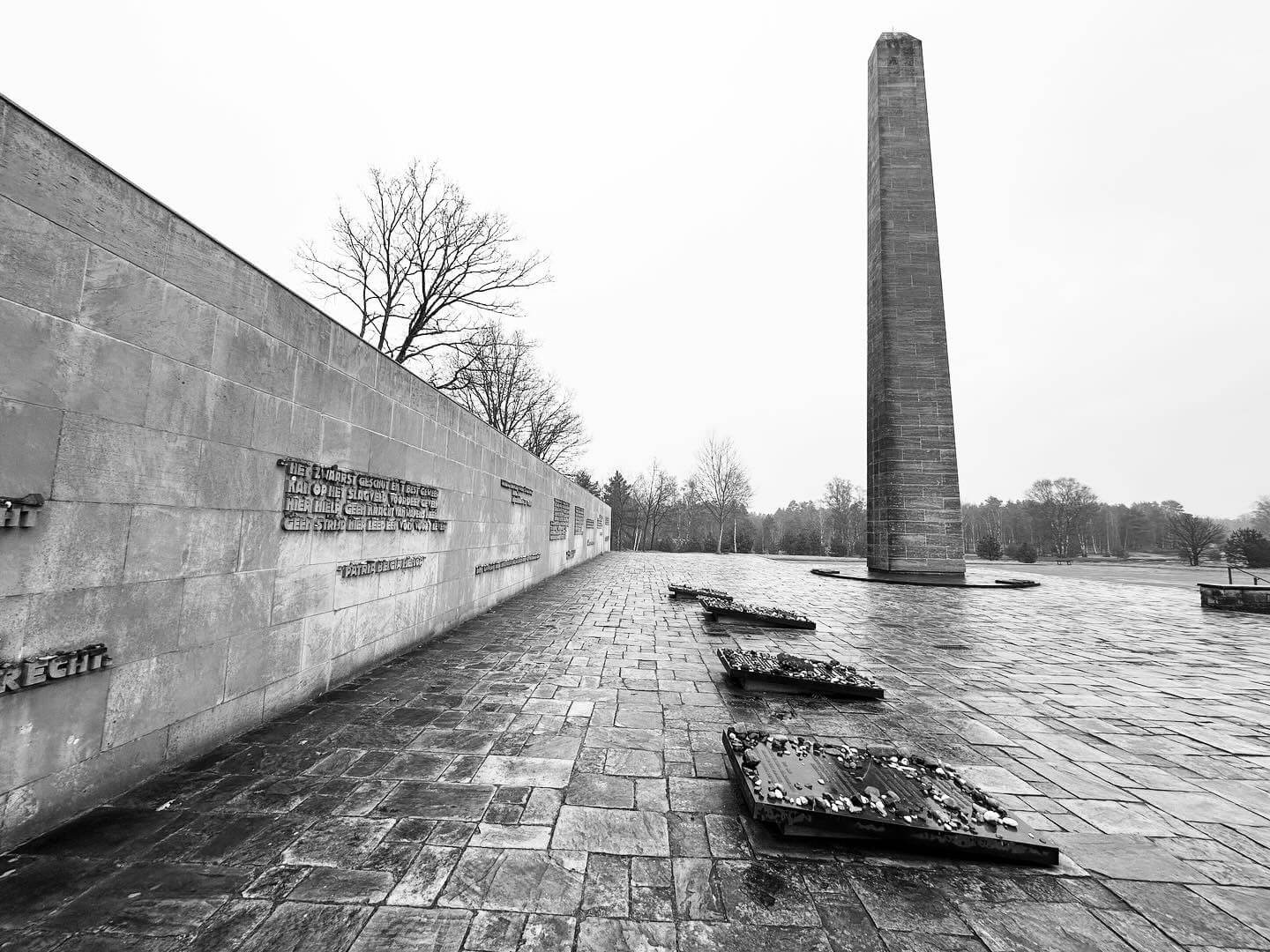The horror of Bergen-Belsen evolved over time. First, this place located between Celle and Soltau was a military training ground, then it became a camp for prisoners of war from France, Italy and the Soviet Union. From 1943 on the SS turned parts of the camp site into concentration camp; some of the Jewish inmates were planned to be exchanged against Germans detained outside of Germany, others were transported further on to extinction camps. At the end of the World War II concentration camps close to the battle zones were evacuated and tens of thousands were brought to Bergen-Belsen. Overall 38,000 humans died on this soil while the concentration camp was operating. Unfortunately around 14,000 died after the liberation because of illnesses and bad supply.

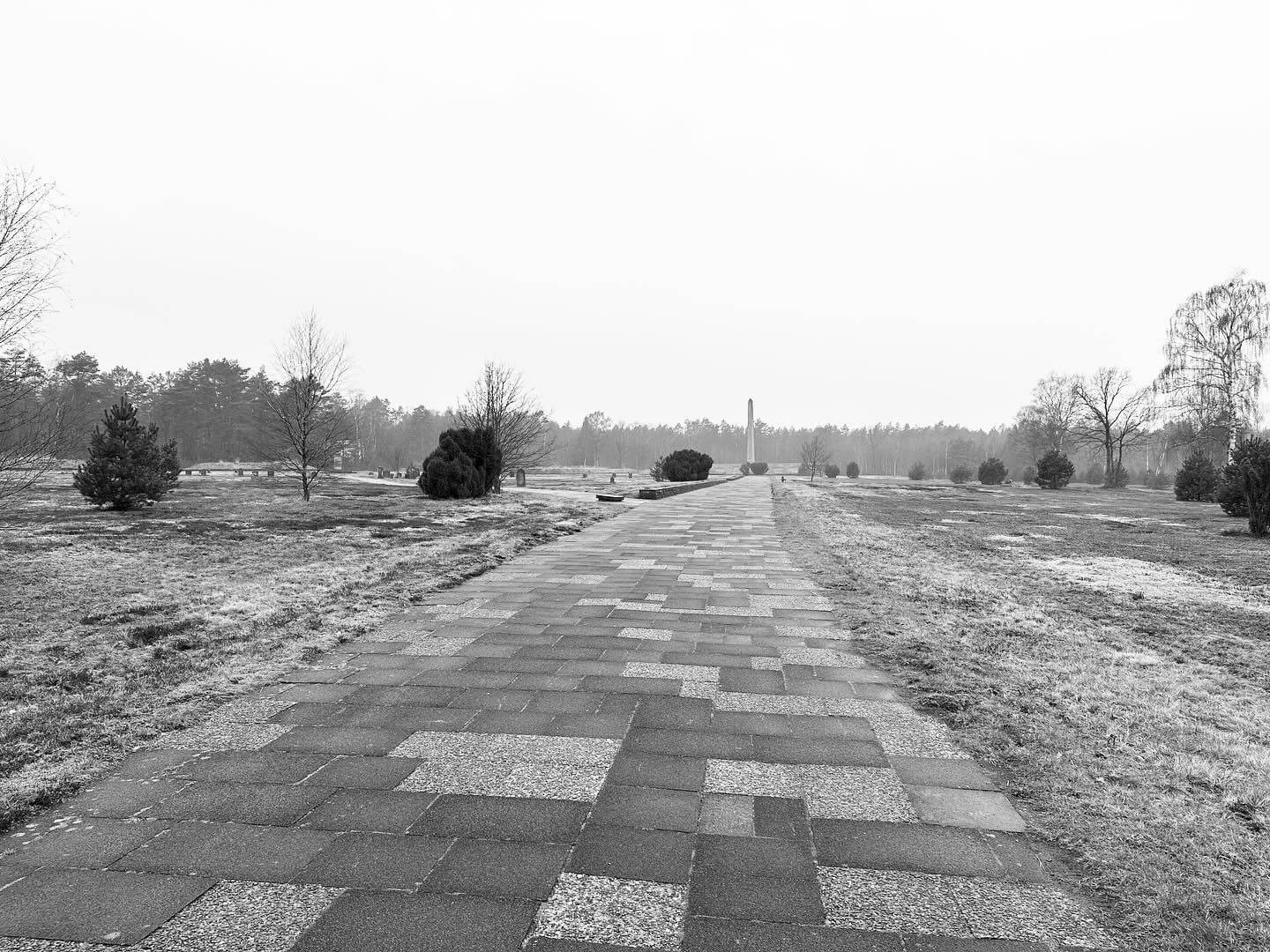
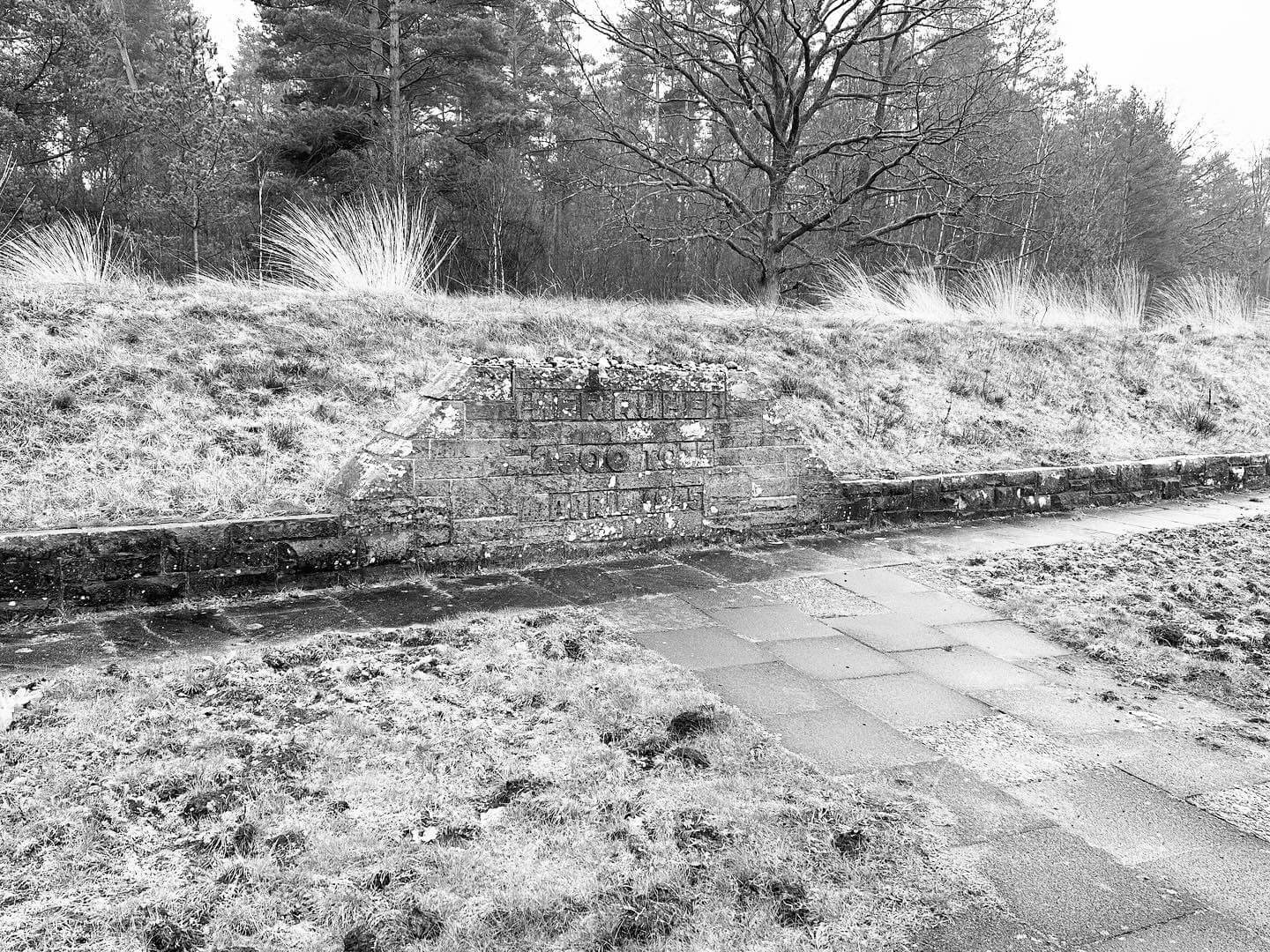
When walking through the camp grounds you can’t see any of the former barracks or the crematorium. It is hard to imagine, how this area once looked like. Everywhere there are mass graves and the number of people buried within could only be estimated. Not all names of the humans incarcerated are known and their exact graves cannot be determined. All around the site you will find tombstones placed by relatives and friends, but none of them can mark a real grave. One of them is the memorial for Margot and Anne Frank, well known for her famous diary. They grew up at Frankfurt am Main, emigrated via Aachen to Amsterdam where they tried to hide. Via Amersfoort and Westerbork they were deported to Auschwitz and brought to Bergen-Belsen when the Red Army came closer. They both died at Bergen-Belsen, probably at Februar 1945 by an undetermined illness.
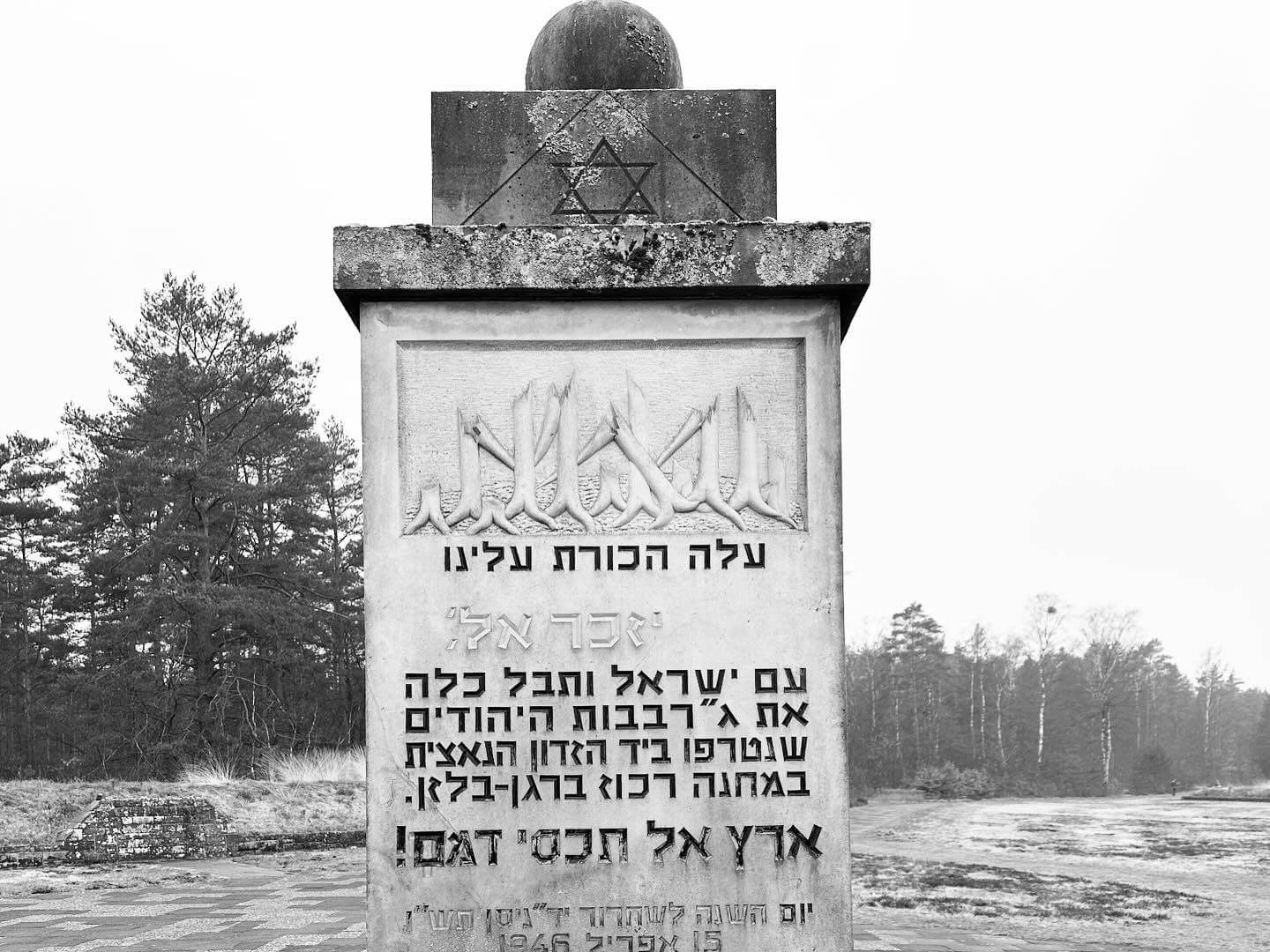
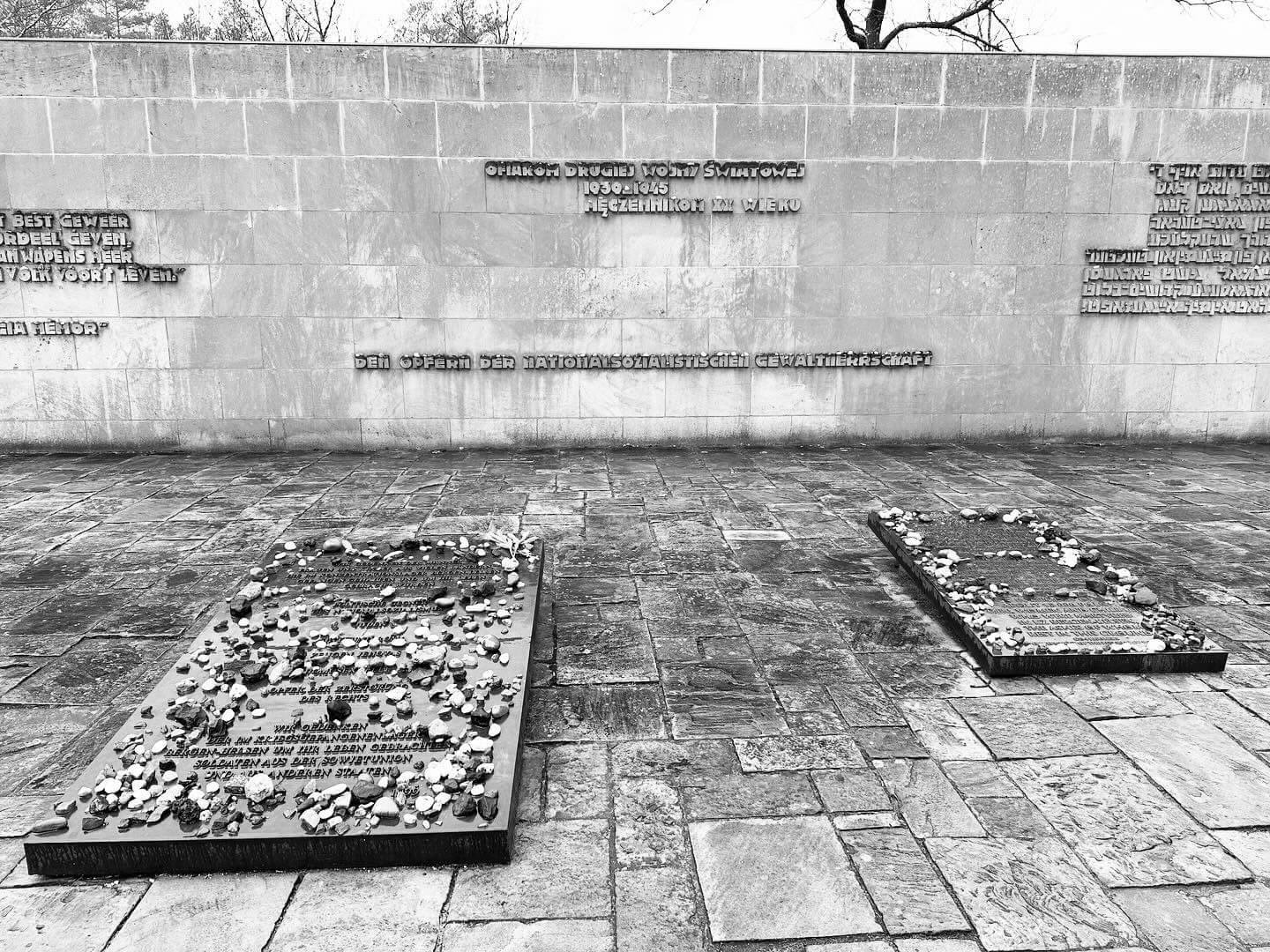
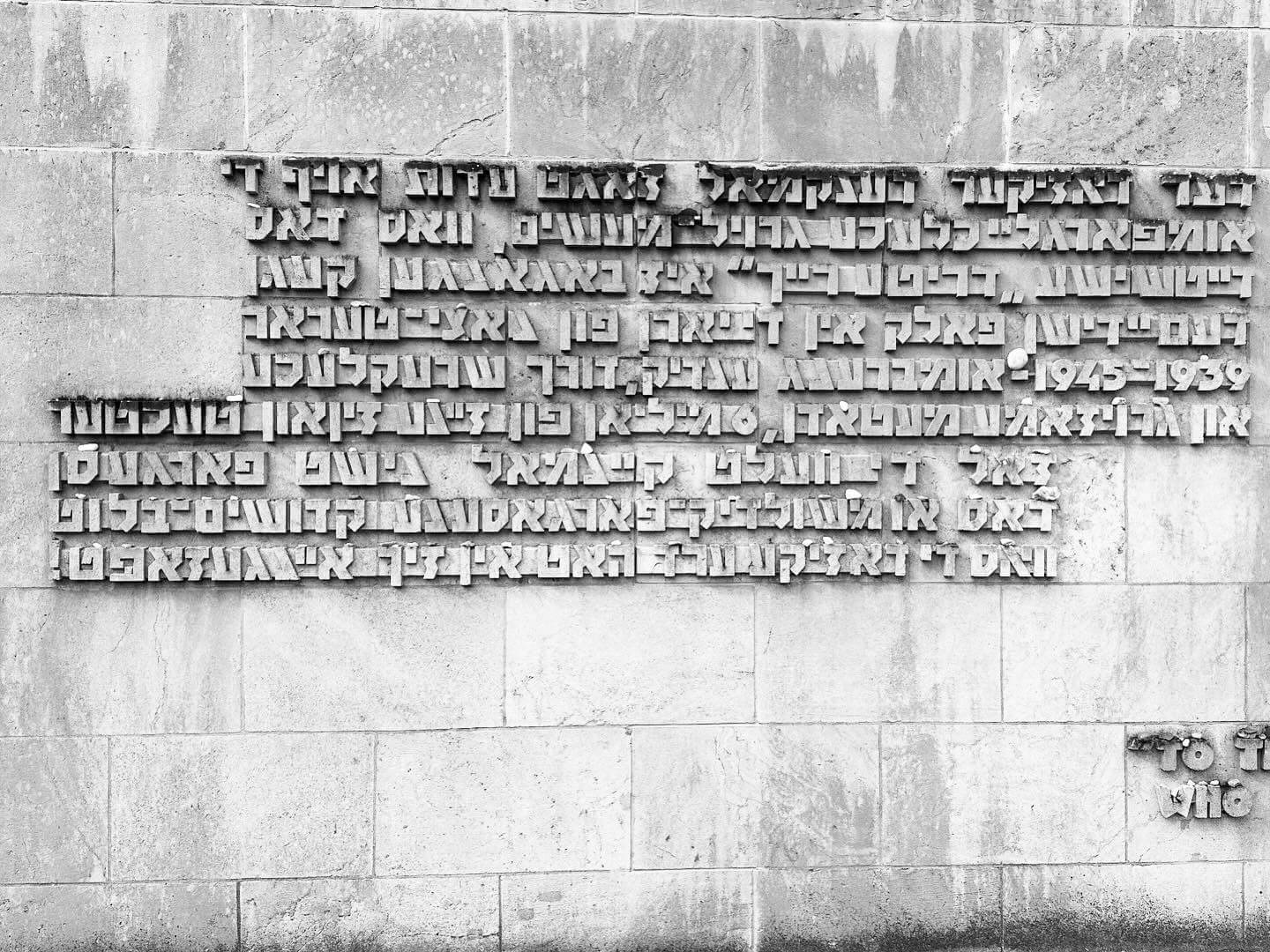
Central memorial of the camp site is an obelisk with a wall behind that carries inscriptions in the languages of the victims. Close to that (next to the former crematory) you can take a detour to the cemetery for prisoners of war from the Soviet union. Near the entrance of the Gedenkstätte Bergen-Belsen you can find a long-stretched museum built from concrete. It is the perfect place to explain the development of the site, the horrors that happened at this place and the stories of the people who had to go through this hell. The museum additionally also tells the history after the liberation, about the life that followed, about emigration of the victims and prosecution of the perpetrators. As there was a big overlap of the commanders and the staff of Auschwitz and Bergen-Belsen (including Josef Kramer and Irma Grese), the trials for these two concentration camps were combined.
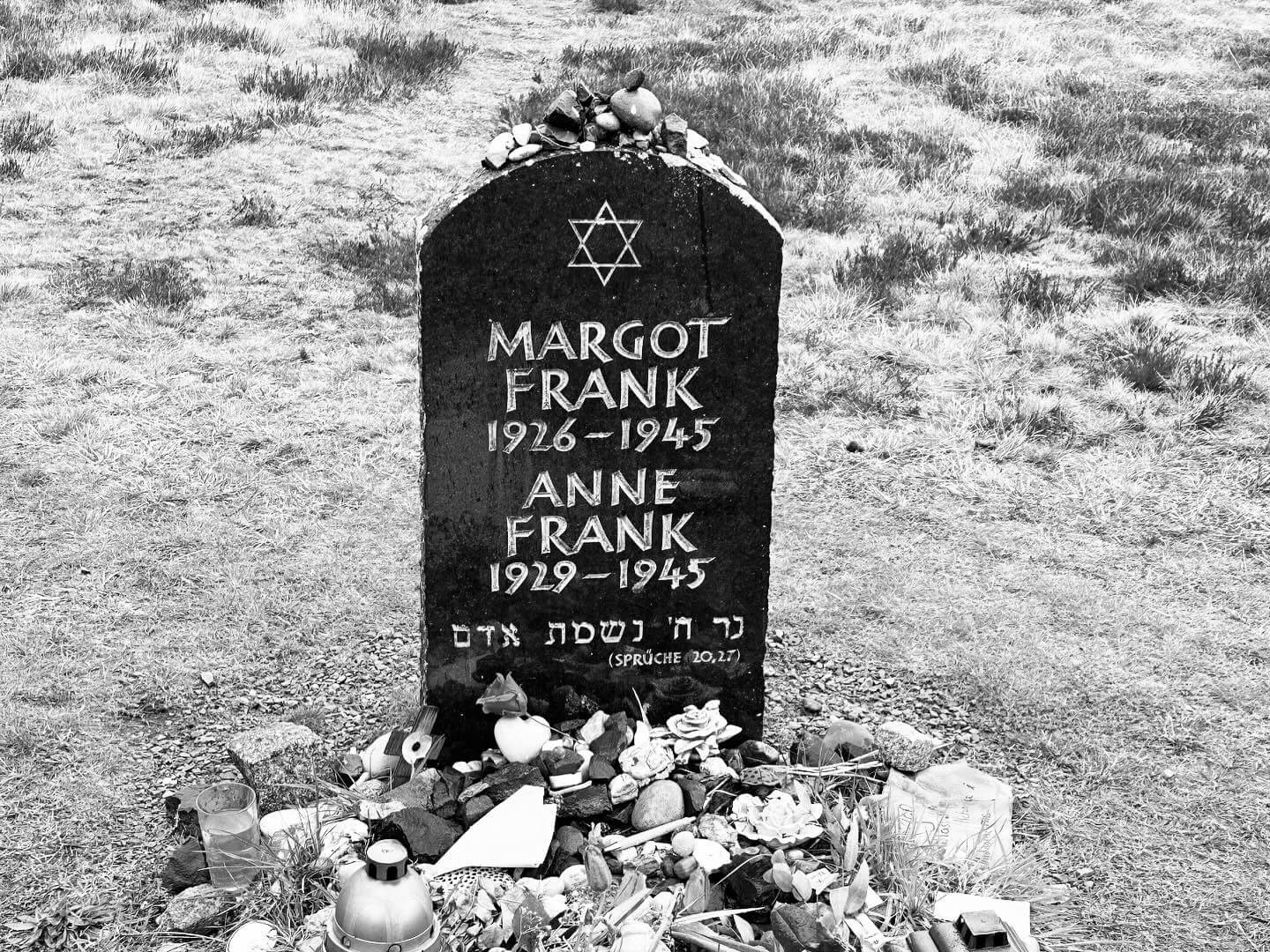
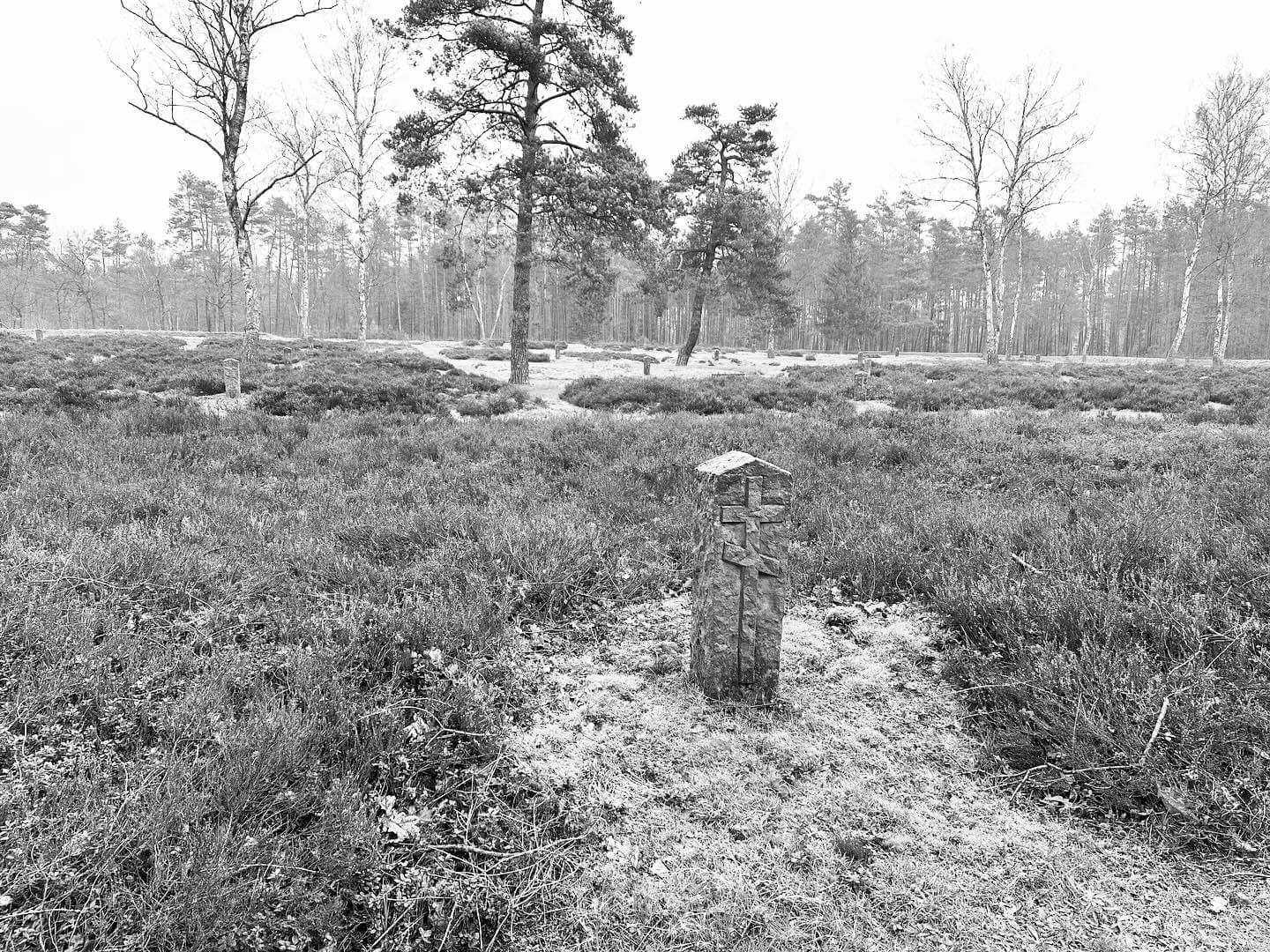
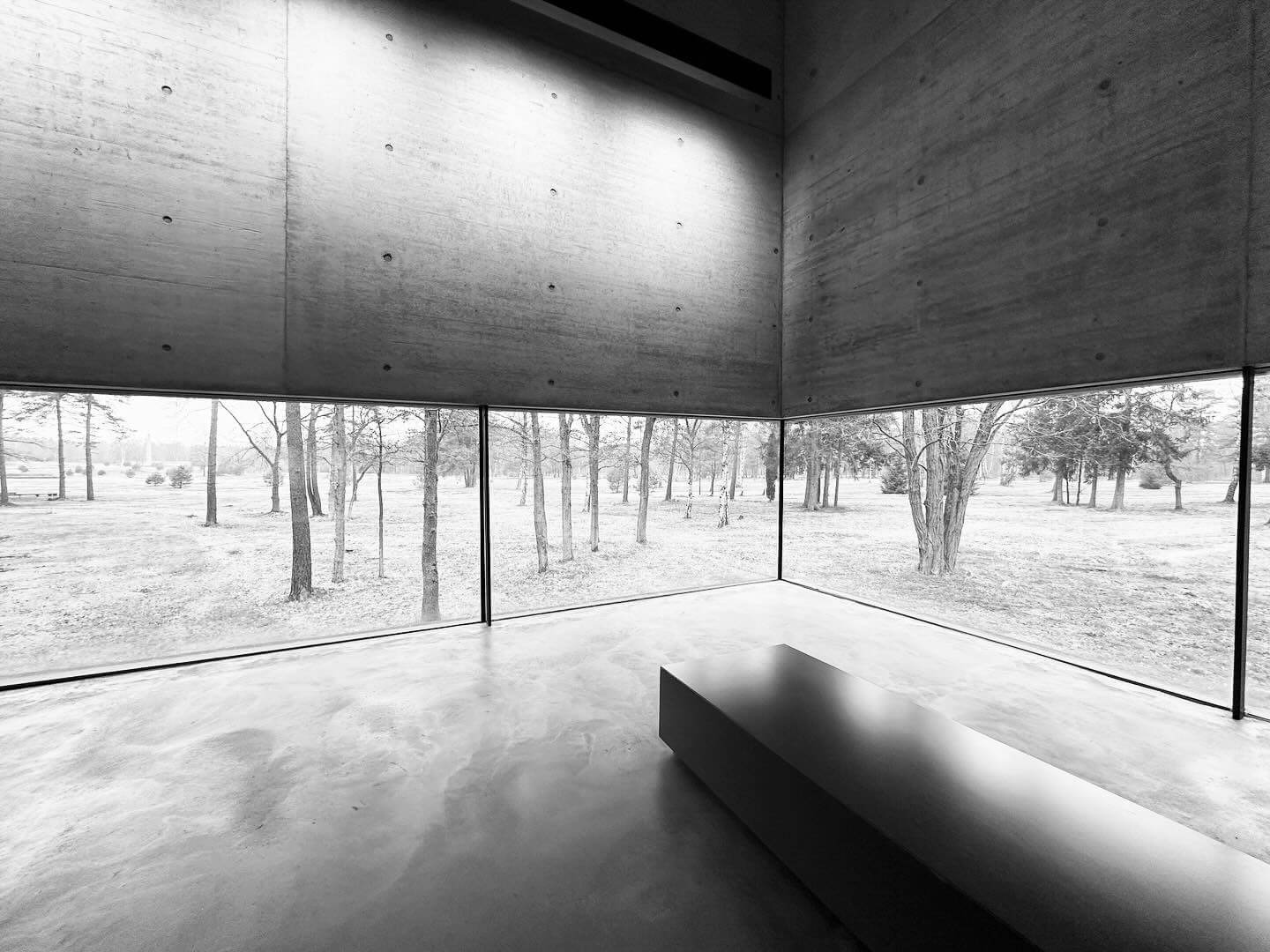
The exhibition shown is a very good one, combining history with personal stories and original remains from the camp. On April 15th, 1945 the British Army took over the concentration camp. With them a documentation team arrived that took photos of the situation of the liberated, of the stacks of corpses and mass graves. They are partially exhibited within the museum and show the unimaginable. Bergen-Belsen was also used by the Nazis to incarcerate their political opponents (like Heinrich Jasper, Hermann Albertz or Julius Adler). Some of the inmates were writers, painters, professors; one of them was also Luigi Benigni, the father of movie director Roberto Benigni who used the memories of his father in his well-known movie La vita è bella.
Within the museum building you’ll find all necessary amenities including a coffee bar also serving some simple food as well as a bookshop. The memorial has a large parking lot in front but you can also reach the Gedenkstätte using public transport. From the railway station of Celle for example bus 900 takes you to the bus stop Winsen (Aller) Küsterdamm; from there bus 110 takes you directly to the memorial. Unfortunately buses only run every second hour, but with some planning this isn’t really a problem.
Gedenkstätte Bergen-Belsen
Belsen, Bergen / Landkreis Celle
Germany
https://bergen-belsen.stiftung-ng.de
Loading map...


